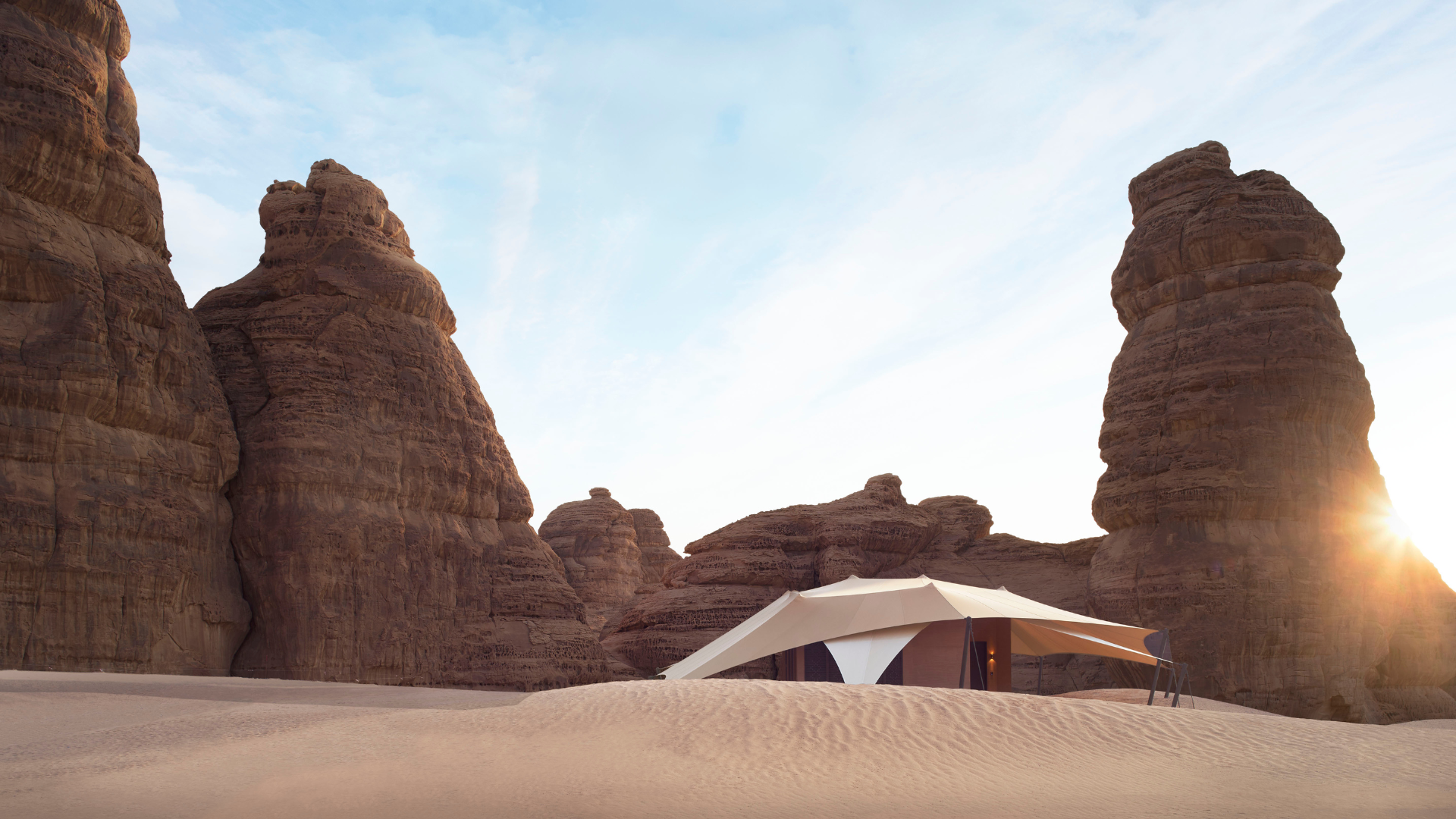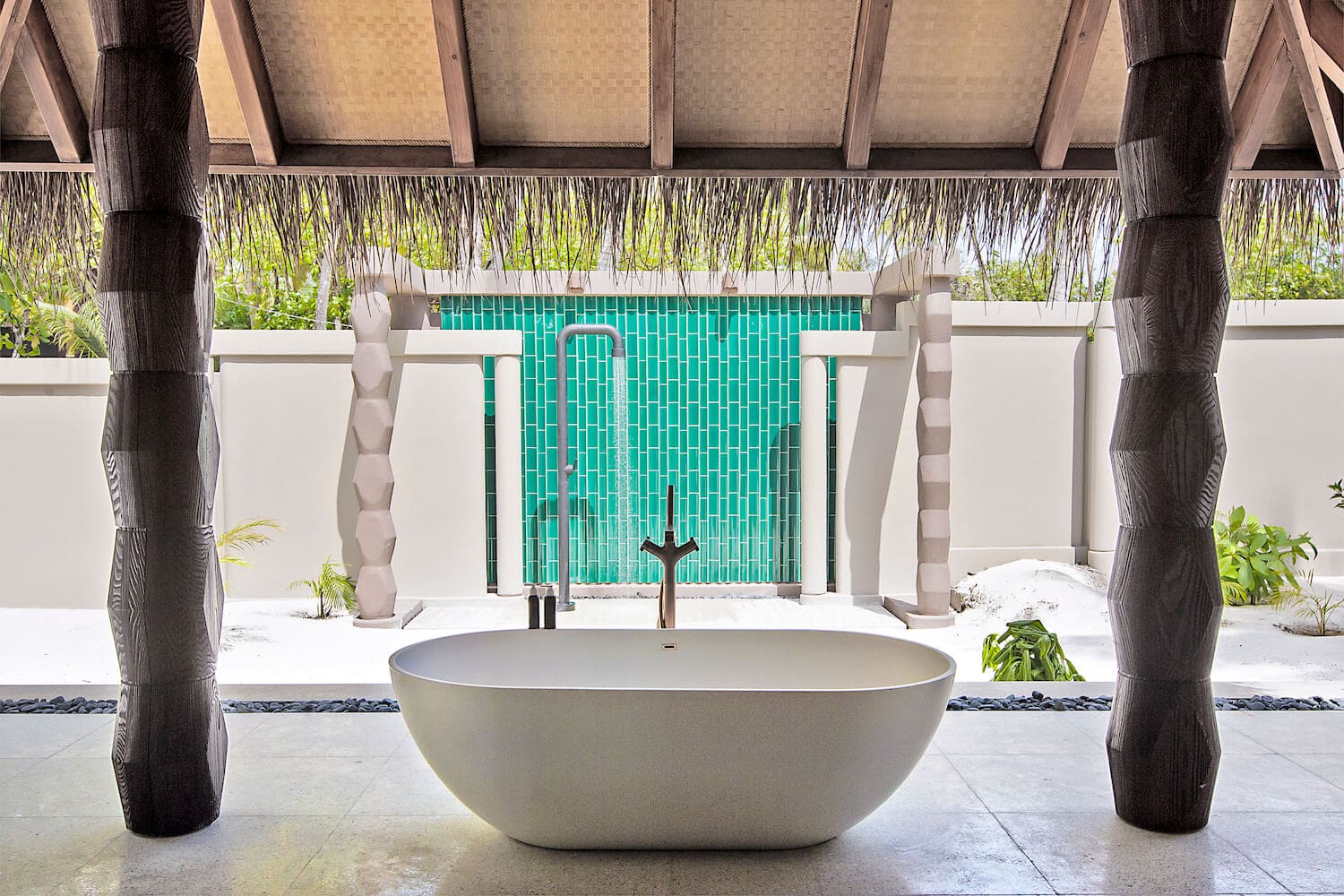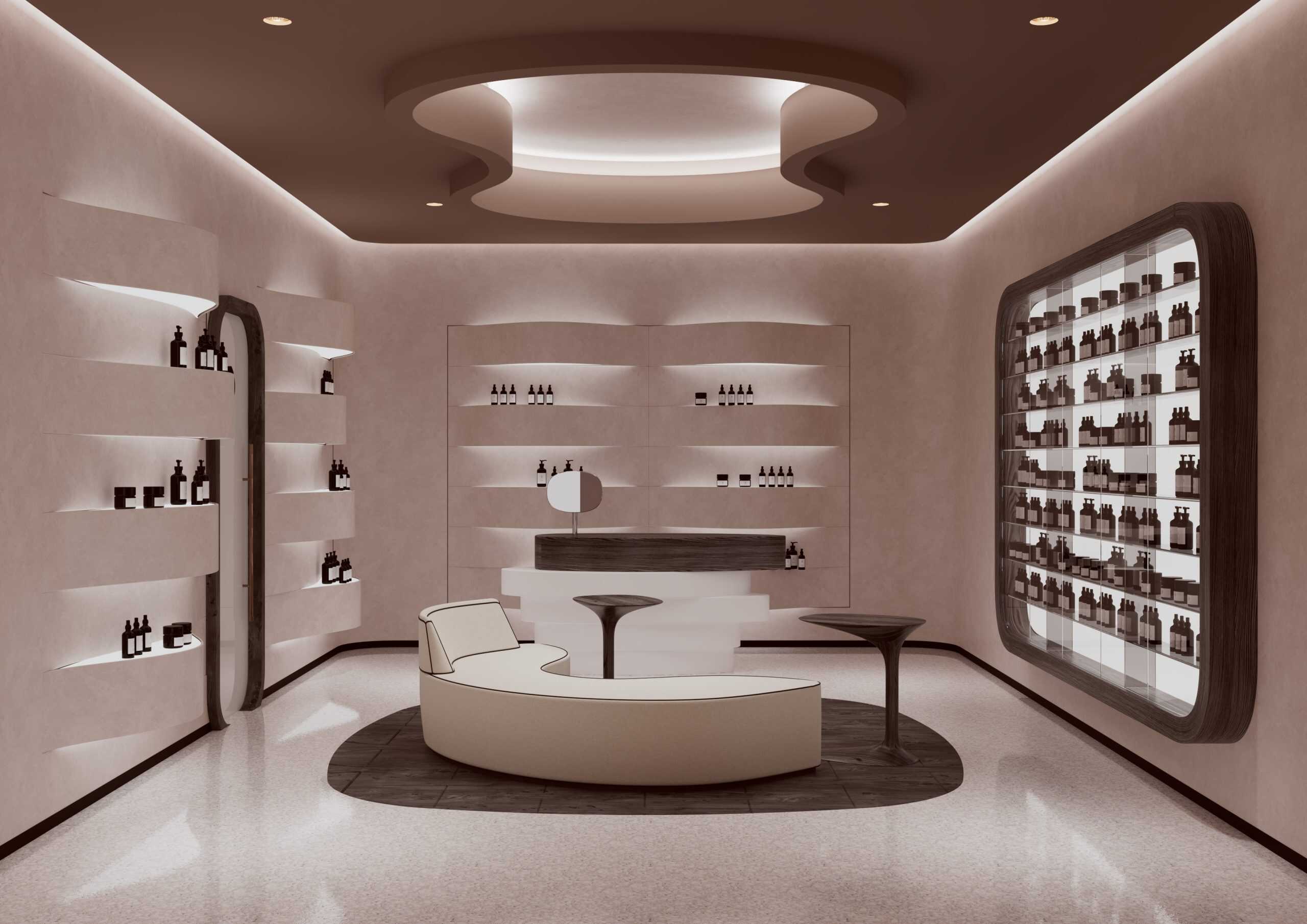Among the trees of a secluded 32-hectare forest, Aman has unveiled its third wellness resort in Japan. Aman Kyoto opened on November 1st 2019, located a short walk away from UNESCO World Heritage Site of Kinkakuji Temple and an easy distance to Japan’s culture-capital Kyoto and 16 other awe-inspiring UNESCO World Heritage sites. This otherworldly retreat, only an hour’s drive from Osaka International Airport, is an isolated escape designed for health-conscious luxury wellness travellers seeking a nature immersion.
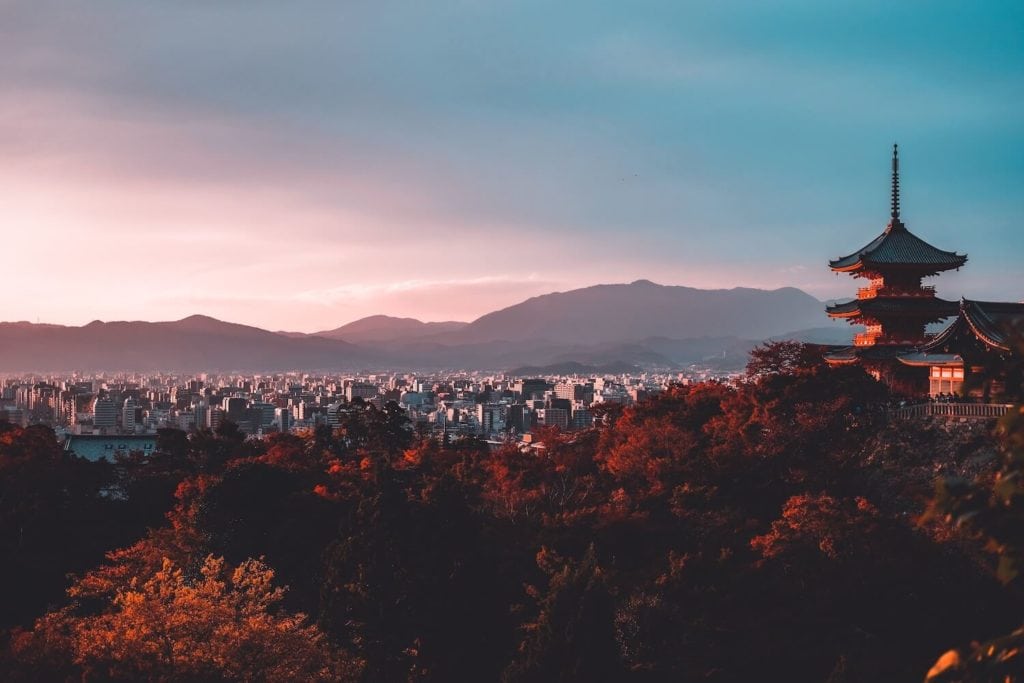
An Escape in Nature
Within a hidden valley, formed by a series of manicured platforms, the garden is enclosed on one side by a small stream, and on another by a wooded hill. An ethereal landscape of mature cedar, cypress, camellia and Japanese maple trees changes colour through the year, transporting the garden from one season to another.
Moss-covered stone pathways laid down by the creator of the garden, some edged in large cut-stone borders traverse the site. Graceful garden stairways and pathways lead guests to the upper platforms, bordered with colourful yama momiji maples and kitayama-sugi (Japanese cedars). The garden is cleverly designed to self-irrigate through the collection of rainwater via the site’s numerous caves and water tunnels.

Iconic Design
Designed by the late Australian architect Kerry Hill, whose eponymous design company Kerry Hill Architects designed both Aman Tokyo and Amanemu, the resort embraces simplicity and traditional Japanese aesthetics for an elegant and restorative atmosphere. The colour palette for interiors is neutral, complementing the work of local artisans: handmade raku tile panels grace the Living Pavilion and custom-made ceramic tiles decorate the restaurant.
All furniture, including traditional Japanese lanterns, have been custom-designed and are exclusive to Aman Kyoto. Carefully chosen artefacts, whether vases, artworks or antiques, have been individually selected for each space and celebrate the refined aesthetic and creative values of Japan.
Consisting of a series of standalone pavilions, Aman Kyoto has six Guest Pavilions housing 26 guest rooms, designed to pay homage to the traditional Japanese ryokan inn. Offering six room categories, including two ‘presidential suites’ located in the Washigamine and Takagamine Pavilions, all accommodation at Aman Kyoto offers leafy seclusion with garden views, and supreme privacy.
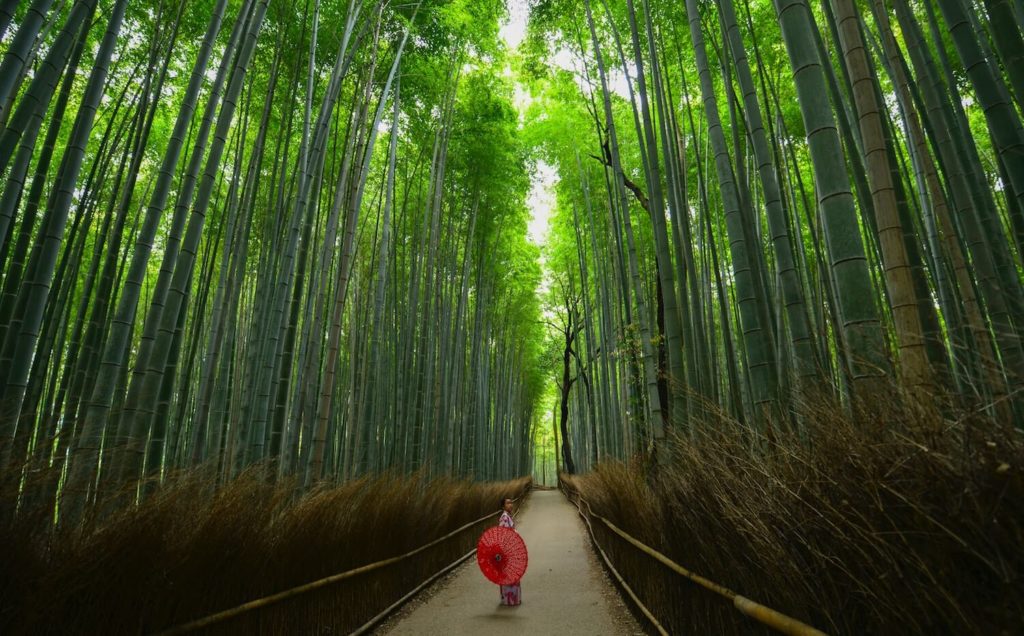
Forest Bathing & Onsen Baths
The natural location provides the opportunity for guests to enjoy the tranquillity of forest bathing, the Japanese art of Shinrin-yoku, one of the major wellness trends of this year and next.
Harnessing Japan’s long history of holistic rituals, Aman Kyoto’s in-house Aman Spa provides many wellness activities and immersions, including guided yoga and meditation, as well as Shinrin-yoku. The natural spring water that flows underneath Aman Kyoto is central to the philosophy at the resort’s Aman Spa, and something of great rarity in the region.
While the traditional onsen bathing facilities deliver relaxation and healing in their purest forms, a range of other treatments tap into Japan’s plentiful natural apothecary – including Kyoto green tea, Tamba kuromame (black beans), local saké, and cold-pressed tsubaki (camellia) oil. Bathing, breathing practice, Zazen meditation, consuming green tea, the physical practice of shiatsu, acupuncture and moxa are part of the Aman Kyoto experience.
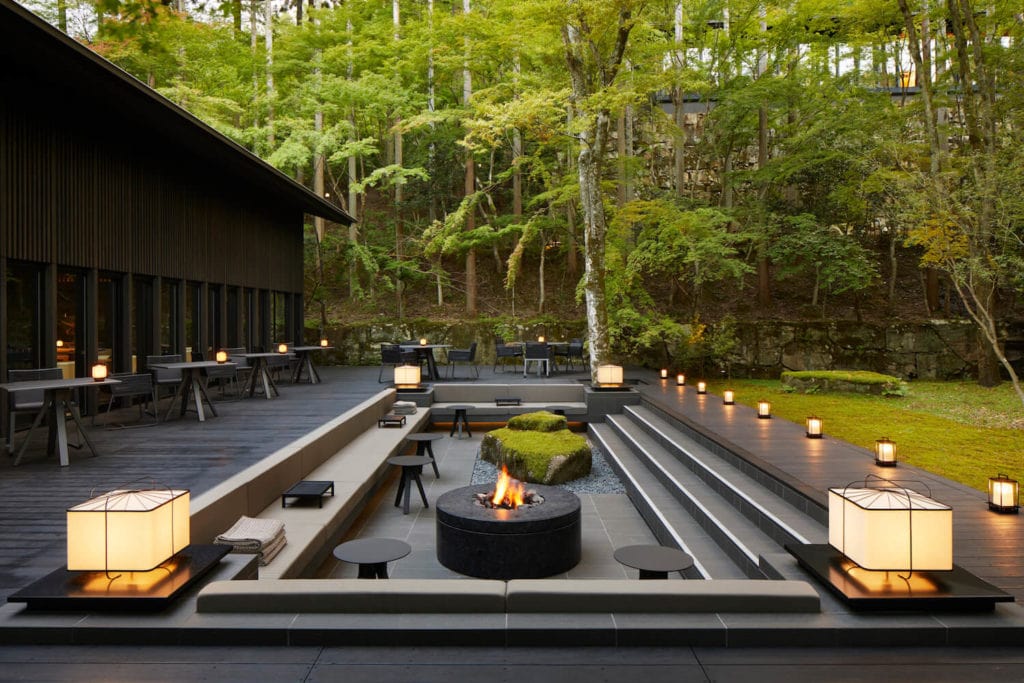
Traditional Japanese Cuisine
Playing host to two on-site restaurants, Aman Kyoto will provide guests with a culinary experience of Japan. Open to both guests of the resort and non-residents (with advance reservations), the Living Pavilion will serve home-cooked Kyoto-style cuisine and international fare for breakfast, lunch, afternoon tea and dinner, from Executive Chef, Kentaro Torii. With 16 years of experience in Japan and internationally, Chef Kentaro uses only local and ‘in season’ ingredients, many of which are sourced from the hotels very own garden, giving guests the experience of being at one with nature with his cuisine.
The second restaurant, Taka-an, honours the legacy of artist Honami Koetsu (1558-1637), who helped shape the culture and creative life of Takagamine, the area in which Aman Kyoto resides, by creating an artist’s colony there. Showcasing the authentic Japanese art of hospitality, in which every element – atmosphere, design, and cuisine – work in harmony and are in perfect balance, the strictly seasonal, chef-selected ingredients are prepared and served with meticulous precision, to serve dishes that transform Kyoto’s local produce into works of gastronomic art.
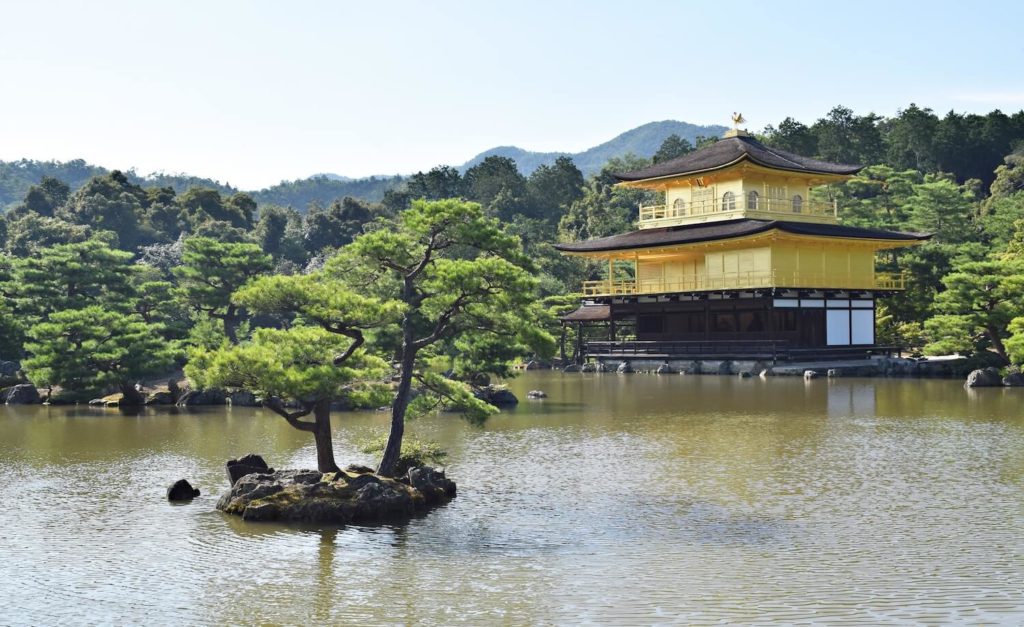
Cultural Immersion
Guests can use Aman Kyoto’s incredible location to visit an abundance of historical and cultural sites, including 17 UNESCO World Heritage sites in the vicinity. Explore the life of 16th-century master calligrapher, craftsman and artist Honami Koetsu at the nearby Koetsuji Temple, and admire the glorious gardens and gilded architecture of Kinkakuji, the ‘Golden Pavilion’, just a 20-minute walk from Aman Kyoto. Tea drinkers can revel in a visit to the tea fields of Uji, one of Japan’s largest tea-growing regions, during picking season to discover age-old traditions surrounding the planting, harvesting, brewing and drinking of the culturally integral beverage.
With a personal invitation to enter, Aman Kyoto guests can visit a traditional ochaya (teahouse) and spend time with a geiko (the Kyoto term for geisha) or a maiko apprentice, playing ozashiki, drinking tea and enjoying a dance performance and dinner in the Kamishichiken district, the oldest of Kyoto’s hanamachi – the ‘flower towns’ of the geiko and maiko.
For those looking for more mindful experiences, guests can learn and practise the principles of Zen meditation from a local monk. Taking place in an ancient hall overlooking a beautiful Japanese garden, guests are also invited to spend time with an ikebana expert, transforming seasonal flowers into structurally magnificent arrangements of colour and form.
Find more luxury wellness retreats in Japan

